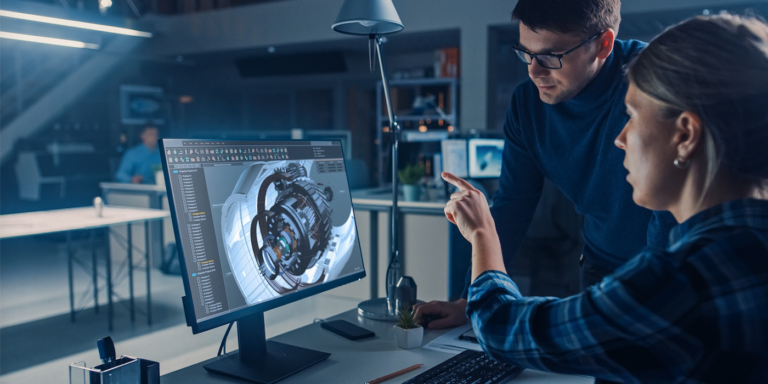The KPMG Autonomous Vehicle Readiness Index has provided a welcome stimulus to debate the development of autonomous vehicle (AV) technology. However, the index arguably understates the importance of testing in enabling OEMs to bring AVs to the market.
According to the Index, the UK is ranked seventh in the world in terms of its overall level of preparedness for AV technology. That will be welcome news to the Department for Transport, which has consistently promised the UK will be a world leader in this field. The report highlights the favourable legislative and policy environment as key to the UK’s position in the rankings.
However, the UK scores relatively lower for its infrastructure. The report noted that the UK lags behind some of its competitors in its 4G coverage, quality of roads, and logistics infrastructure. Infrastructure improvements will reduce the risks for businesses looking to invest in this technology. That is especially true for small and medium-sized enterprises (SMEs).
The recent addition of the testbed at Millbrook is therefore an important step forward. Opened in September 2019, the testbed boasts 70km of track and, equally importantly, it offers 5G connectivity. This is the most impressive of a series of testing facilities clustered around the area between London and Birmingham.
Despite this progress, the processes of validation and verification for AV technology will have to rely heavily on simulation and testing in virtual environments. A RAND report concluded that autonomous vehicles would have to drive “hundreds of millions of miles and, under some scenarios, hundreds of billions of miles to create enough data to clearly demonstrate their safety”.
Design engineers and manufacturers therefore need to embrace the best of testing technology. This is especially the case if we are talking about SAE level 3-5, which includes vehicles that are entirely driverless. Virtual design, testing in virtual environments and other forms of simulation are also vital for testing the so-called ‘edge cases’ – those unusual scenarios that are only encountered after thousands, or possibly millions of miles of driving or under extreme weather conditions.
A potential oversight in the KPMG index is the importance of the military sector. On the one hand, the omission is not surprising, given that information about this sector is less freely available. Those of us working in this sector are used to working with non-disclosure agreements.
On the other hand, it is known that many governments are already investing heavily in AV technology for their militaries, given the unparalleled benefits this could bring. The UK and the US have already collaborated to begin applying AV technology to convoy resupply, a breakthrough which could dramatically reduce combat fatalities.
Again, virtual design and verification will be vital if we are to make breakthroughs in this area. As for the commercial sector, safety is obviously important. Military vehicles, however, are also required to perform reliably in extreme terrains and weather conditions.
Engineers who want to satisfactorily test the edge cases here will need to make sure both the software that AV relies on, and the traditional components like suspension and steering, can still perform. Advanced testing facilities that can simulate extreme conditions will be essential. At Pailton Engineering, for example, we use specific environment test rigs that can replicate the environmental conditions that are experienced in application, subjecting components to salt and grit solutions via spray or submersion, while having the option of rotary movement and any varying temperature requests.
Are we ready for AV technology? There are positive signs. The UK needs to pay attention to some of the infrastructure gaps identified in the KPMG Readiness Index. We also need to ensure that all those involved in the development of this technology, from software designers to parts suppliers, make full use of virtual design and verification.





